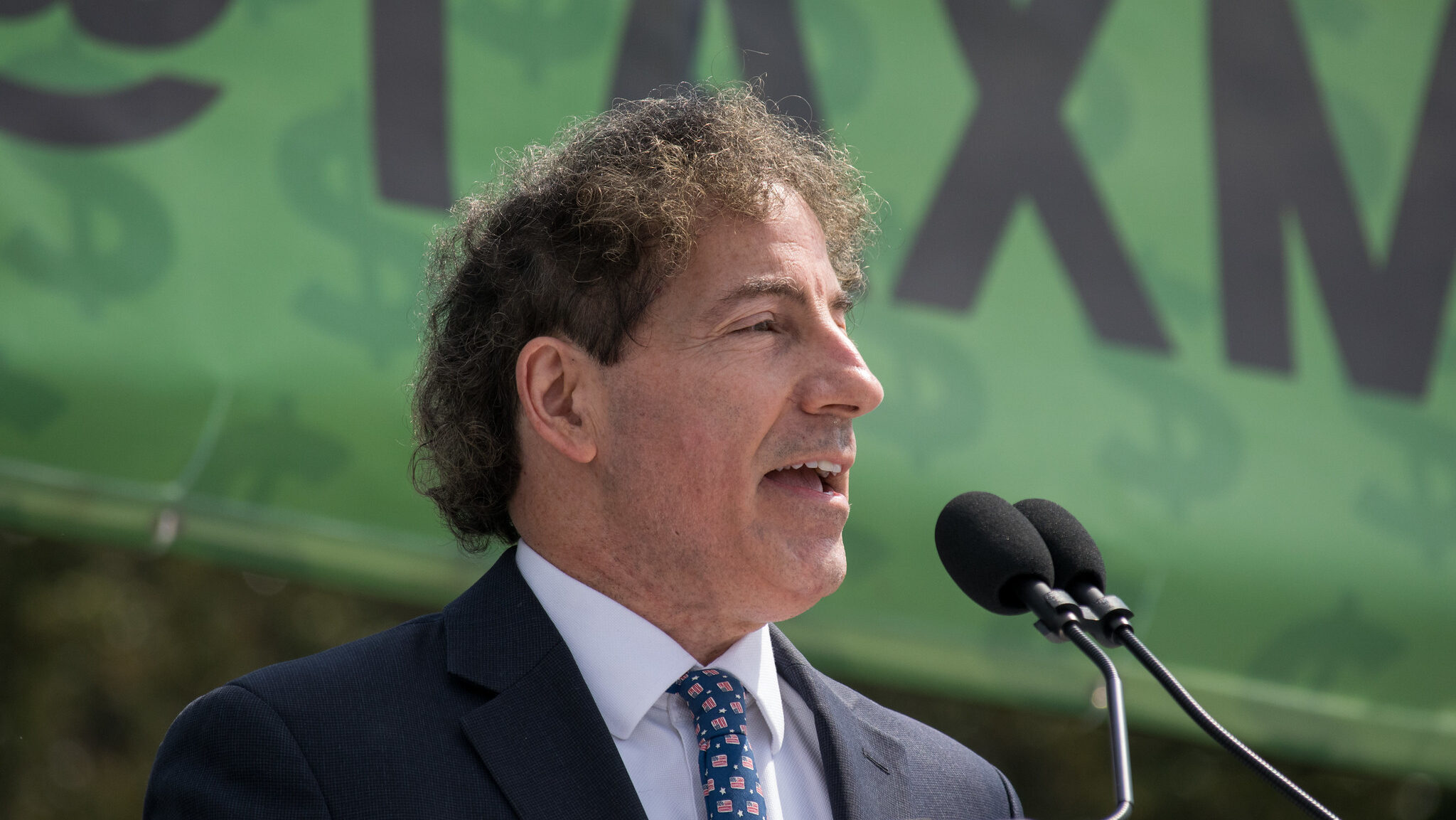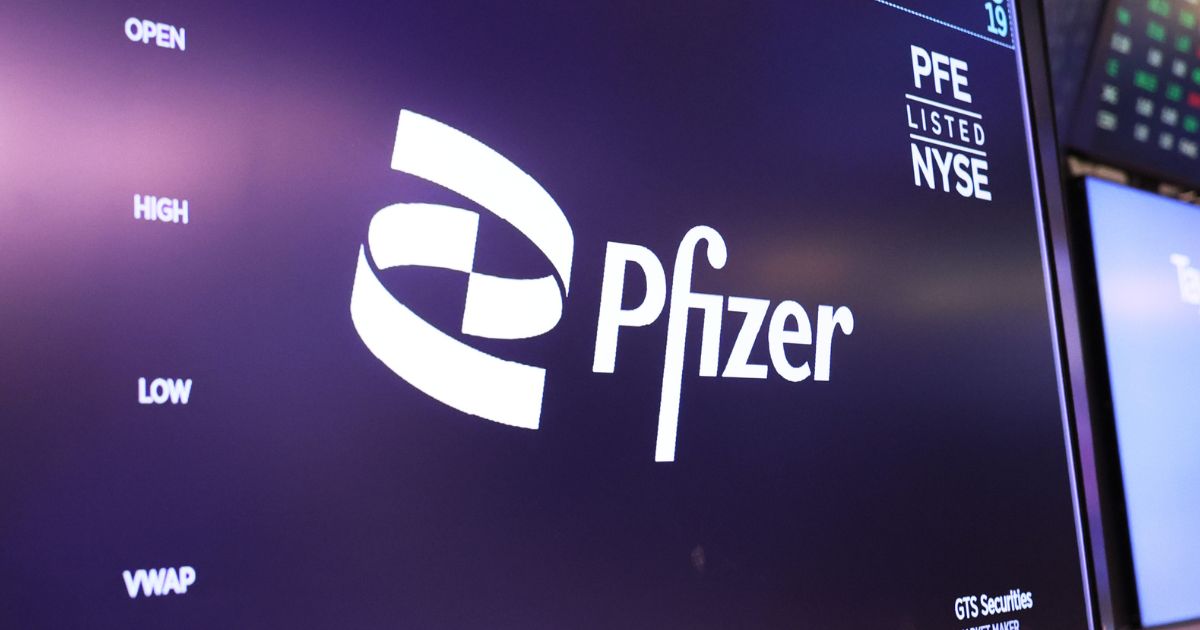US drilling activity slowdown raises concerns over oil supply; OPEC maintains production cuts.
Global energy markets could face tighter inventories heading into 2024 and beyond as U.S. shale companies are not keen to expand drilling activity, and the world’s largest oil cartel is not bolstering production.
U.S. crude oil prices have slumped about 7 percent since hitting a 2023 high of about $95 per barrel on the New York Mercantile Exchange. Brent, the international benchmark for oil prices, has also trended down after flirting with $95 a barrel on London’s ICE Futures exchange.
But while the march toward $100 has stalled amid rising-rate concerns, industry experts believe that crude prices will continue to hover at around $90 on tighter supplies. However, even if the energy commodity touches the triple-digit market, global financial markets should not anticipate that companies will take advantage of the situation by increasing output.
Related Stories
-
OPEC Head Warns ‘Dangerous’ Underinvestment in Oil Could Push Up Prices to $100
10/3/2023
-
Biden Announces Plan to Sell ‘Fewest Oil and Gas Lease Sales in History’
9/29/2023
Rick Muncrief, chief executive of Devon Energy, recently told the Financial Times that the industry is unlikely to bolster drilling to pump more oil based on near-term price action.
“I think we are going to see continued [price] volatility,” Mr. Muncrief said in an interview with the newspaper. “By nature, most of us will just say, ‘Let’s stay disciplined. Let’s keep our production flat.'”
He cited the current administration’s energy policies and Wall Street’s attempts to direct capital away from fossil fuel projects.
Anti-Carbon Policies
Despite domestic production volumes growing over the last two months, domestic drilling activity has slowed since the end of last year.
The Baker Hughes Oil Rig Count, which measures the number of active drilling rigs in the United States and is seen as an early indicator of future production, declined to 502 for the week ending Sept. 29—down from 507 in the previous week. This is the lowest reading since February 2022 and represents the tenth consecutive monthly drop.
Last month, the White House canceled seven remaining oil and gas leases on hundreds of thousands of acres in Alaska’s Arctic National Wildlife Refuge. The administration also expanded protections against future development and drilling.
The American Petroleum Institute (API) noted that these energy production bans on federal lands and waters could threaten America’s energy security, the U.S. economy, and the environment.
Meanwhile, the pandemic-era crude oil price crash has scarred the energy industry.
In April 2020, due to collapsing global demand, the May futures contract for West Texas Intermediate (WTI) crashed below zero for the first time on record. Brent had also slumped to around $9 per barrel.
Crude prices took several months to rebound, reaching about $50 by the end of 2020. But it was not enough to prevent scores of shale producers from closing their doors, reversing investment plans, or declaring bankruptcy.
OPEC+ Leaves Policy Alone
The Organization of the Petroleum Exporting Countries (OPEC) and its allies, OPEC+, left its oil output reduction intact to support oil prices.
Following a virtual meeting on Oct. 4, the Joint Ministerial Monitoring Committee (JMMC) “reaffirmed the commitment of its member countries” to keep its production reduction strategy intact until the end of 2024, adding that it is “ready to take additional measures at any time” as “the committee will continue to closely assess market conditions.”
Saudi Arabia confirmed that it would maintain its voluntary production cut of 1 million barrels per day (bpd) until the year’s end. Russia also stated that it will continue with its 300,000-bpd voluntary export drop for the rest of 2023 while also fulfilling its obligations.
These decisions were in addition to Riyadh and Moscow’s supply cuts announced late last year.
Undersupply Warnings
With energy prices easing this week, it would not be surprising if Saudi Arabia and Russia expanded their voluntary cuts until March 2024, says Rob Thummel, the portfolio manager at Tortoise.
“The global oil markets will remain undersupplied for the foreseeable future, which will result in lower inventories assuming global oil demand meets projections,” Mr. Thummel said in a note. “Global oil demand is a bit seasonal, with the first quarter being the weakest quarter in terms of demand. So I wouldn’t be surprised if Saudia Arabia and Russia extended their voluntary cuts until 3/31/24. Oil is trading lower on concerns that the volumes cuts are a signal of lower demand for oil globally due to a weak global economy.”
He added that he does not expect oil prices to reach $100 a barrel.
Looking ahead, the OPEC chief warned that a “dangerous” lack of investment in crude oil could increase the risk of higher energy prices.
“By underinvesting, we are actually endangering energy security. Without this, I think there are serious possibilities that prices, the volatility, will be increasing as demand grows,” OPEC Secretary-General Hatham Al Ghais told CNN on Oct. 2. ”I believe it is critical that the world gets this right. By underinvesting, we are actually endangering energy security—the world will require at least $12 trillion of investments globally for the oil industry from now to the year 2045.”
US Inventories
According to the Energy Information Administration, crude oil inventories fell 2.224 million barrels for the week ending Sept. 29. This is down from the previous week’s drawdown of 2.17 million barrels and worse than the consensus estimate of 446,000 barrels.
Gasoline supplies rose by 6.481 million barrels, distillate stockpiles tumbled by 1.269 million barrels, and heating oil inventories declined by 303,000 barrels. In addition, for the first time since the beginning of August, Cushing storage supplies rose 132,000 barrels, up from the previous week’s withdrawal of 943,000 barrels.
Overall crude oil inventories stand at 767.3 million barrels, down by more than 10 percent a year ago. The Strategic Petroleum Reserve (SPR) has fallen nearly 17 percent from a year ago to 351 million barrels, while commercial stocks have slipped 3.3 percent to 416.3 million barrels.
Future. They attribute this to the slow recovery of investment in new oil projects and the focus on renewable energy.
Ces to reach $100 per barrel in the near future, but rather to hover around $90 due to tighter supplies. He also noted that even if prices were to reach the triple-digit mark, companies are unlikely to increase their output.
The article highlights the reasons for the reluctance in expanding drilling activity, including the current administration’s energy policies and Wall Street’s efforts to divert capital away from fossil fuel projects. It mentions how domestic drilling activity has slowed despite growing production volumes, citing the decline in the Baker Hughes Oil Rig Count as an indicator.
The article also mentions the impact of the pandemic-era oil price crash on the industry, with many shale producers closing down or declaring bankruptcy. It discusses the actions of OPEC and OPEC+ to support oil prices through production reduction strategies, noting that they have maintained their cuts and are ready to take additional measures if necessary.
The article includes comments from industry experts, who forecast that the global oil markets will remain undersupplied in the foreseeable
" Conservative News Daily does not always share or support the views and opinions expressed here; they are just those of the writer."





